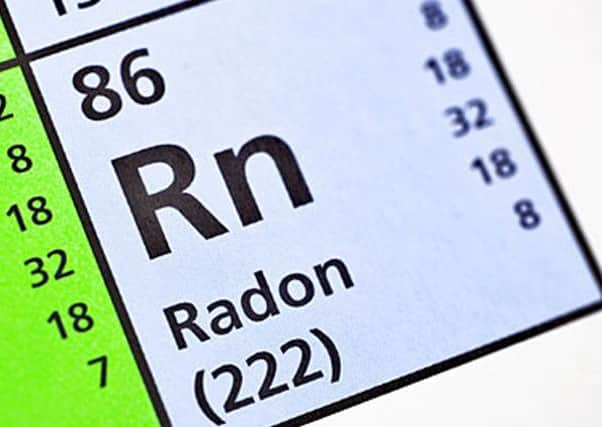High levels of radon gas found in Highland schools


Tests found that radon measurements were above the level at which action is required to reduce the presence of this naturally occurring gas.
In response, staff and parents have been informed of the results and Highland Council said action would be taken to reduce radon levels in the area affected.
Advertisement
Hide AdAdvertisement
Hide AdChecks are being carried out by Council officers to identify and implement any immediate steps that can be taken to reduce radon levels. Arrangements are also being made to engage a specialist consultant to supervise detailed surveys, and recommend long term mitigation measures to reduce radon.
Testing will continue to ensure that levels are reduced and remain below the action level.
The schools which recorded high levels are Glen Urquhart High School, Drumnadrochit; Glen Urquhart Primary School, Drumnadrochit; Helmsdale Primary School; Halkirk Primary School; and Kilchuimen Primary and Academy, Fort Augustus, which is a shared campus.
Environmental Health Manager, Alan Yates, has discussed this matter with colleagues at Public Health England, who have advised that the high levels should be reduced and further specialist advice should be obtained.
The schools can remain open while this work is done.
Education director Hugh Fraser said: “The Council will take action to ensure the radon levels in these schools are reduced below the legal limits. We have been advised that the risks to staff and pupils are very low.”
Dr. Ken Oates, Consultant in Public Health Medicine with NHS Highland, said: “The increased risk to pupils or staff of developing lung cancer, caused by exposure to radon while at school, is very low indeed. Smoking is a much greater risk of lung cancer and so it is much more important that people don’t smoke. There is no evidence that exposure to radon increases the risk of other cancers and exposure to radon does not cause short term health effects such as shortness of breath, coughing, headaches or fever, or long term chest conditions such as asthma, emphysema or chronic obstructive lung disease.”
Neil McColl, head of radon at the PHE’s Centre for Radiation, Chemical and Environmental Hazards, has told the Council: “High levels of radon should be reduced but in this case the buildings can continue to be used while work is carried out.”
Alan Yates, Environmental Health Manager, said: “The Council’s monitoring programme has identified the high levels in these schools. I encourage employers and householders across the Highlands to check if their properties may be at risk by visiting the UKRadon website and checking the maps. We may also be able to offer housing grants to householders for any works required.”
Advertisement
Hide AdAdvertisement
Hide AdRadon is a natural radioactive gas. It is invisible, has no smell and no taste. It comes from a tiny amount of uranium that is found in all rocks and soils.
Radon is present in all parts of the UK, although the gas disperses quickly outdoors so levels are generally very low.
Radon is also present in all buildings, including homes.For most UK residents, radon accounts for about half of their total annual radiation dose.
There are health risks associated with radon. But these require significant long term exposure to the gas over many years.
Under the Health and Safety at Work Act 1974 the Council must assess if any properties may be at risk from high levels of radon.
If radon is an identified hazard, the workplace should be tested.